By now, you’re aware that the best way to install a Fel-Pro® gasket is clean and dry. Most engines built in the last 25 years use molded rubber gaskets to seal valve covers and oil pans. With these types of advanced gaskets, the overuse of RTV and other types of silicone sealers or other additives will prevent the gasket’s ability to form a reliable seal, causing leaks.
However, there are times that you may need to use RTV as a supplemental sealer while completing various gasket repair jobs. Read on to learn when and how to properly use RTV. Note – Be sure to always follow the manufacturer’s recommendations for proper use of RTV.
Note: Be sure to always follow the manufacturer’s recommendations for proper use of RTV.
Due to their shape and design, some molded rubber gaskets necessitate the use of RTV as a supplemental sealer.
We recommend a small dab where the side rail gasket meets the block before the intake end seals are installed
Once the intake end seals are installed, another small dab is recommended where the end seals meet the side rail gaskets
Proper application of RTV will result in a lasting seal; follow these tips for a successful gasket installation. Please remember that Fel-Pro gaskets are to be installed clean and dry, and that RTV is not designed to be used as a supplement sealer on gaskets. Uncured RTV can act as a lubricant and cause the gasket to slip out of place.
Uncured RTV can act as a lubricant and cause the gasket to slip out of place.
Only use RTV to seal corners and/or stepped joints where there are gaps – don’t apply to the entire gasket. Consult the repair manual for further directions on where and how much RTV should be applied. You can also check our FIT form (if applicable).
Applying RTV in the wrong areas can cause permanent damage, such as over compression and splitting, to the gasket. It may also cause the gasket to slide out of place. Rubber gaskets are designed to have a certain amount of compression applied to them. The addition of RTV or a sealer puts more compression on the gasket than what it was designed for.
Apply RTV only to the areas that need it – don’t put it on the entire gasket. Remember that when the casting/gasket is torqued into place, the RTV will flow into the joint and gasket. Some manufacturers will recommend the amount of RTV to be applied, and it’s good to remember that a little RTV goes a long way.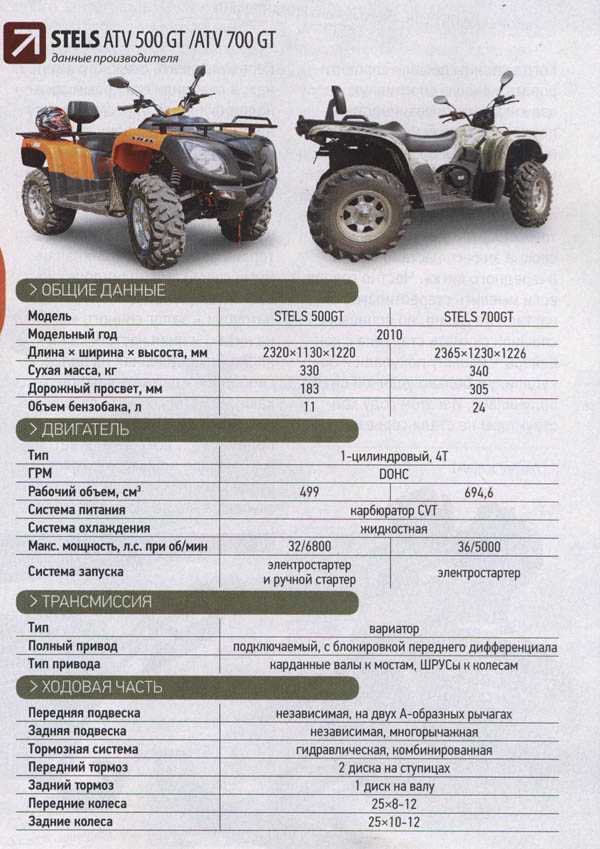
The assembly should be installed within five minutes of the RTV application. Once the engine component is installed and torqued up, the RTV needs time to set up and dry – don’t rush the job. RTV typically needs 24 hours for a full cure.
Learn more about Fel-Pro quality gaskets that are specifically designed for the repair environment, find your car part, or find where to buy your auto part today.
The content contained in this article is for informational purposes only and should not be used in lieu of seeking professional advice from a certified technician or mechanic. We encourage you to consult with a certified technician or mechanic if you have specific questions or concerns relating to any of the topics covered herein. Under no circumstances will we be liable for any loss or damage caused by your reliance on any content.
Do-it-yourself maintenance is an endless list of learning the basics. From lifting up and supporting a car to general engine maintenance, there's always a first attempt that builds up competency and confidence. These then prepare you for more simple-yet-crucial jobs that eventually turn into muscle memory.
From lifting up and supporting a car to general engine maintenance, there's always a first attempt that builds up competency and confidence. These then prepare you for more simple-yet-crucial jobs that eventually turn into muscle memory.
What's cool about much of it is it's transferable across a wide assortment of vehicles, and heck, even into non-automotive arenas. One of these core competencies is properly using silicone sealant, more widely known as RTV.
Knowing when and how to use silicone sealant, as well as selecting the right type, will ensure your car's crucial systems will be properly sealed up and not leak out important fluids like engine oil, coolant, gear and differential oil, and more. So let’s talk about how to properly use silicone sealant and ensure you've not only properly sealed two components, but that you haven't used too much of it in the process.
The Drive and its partners may earn a commission if you purchase a product through one of our links.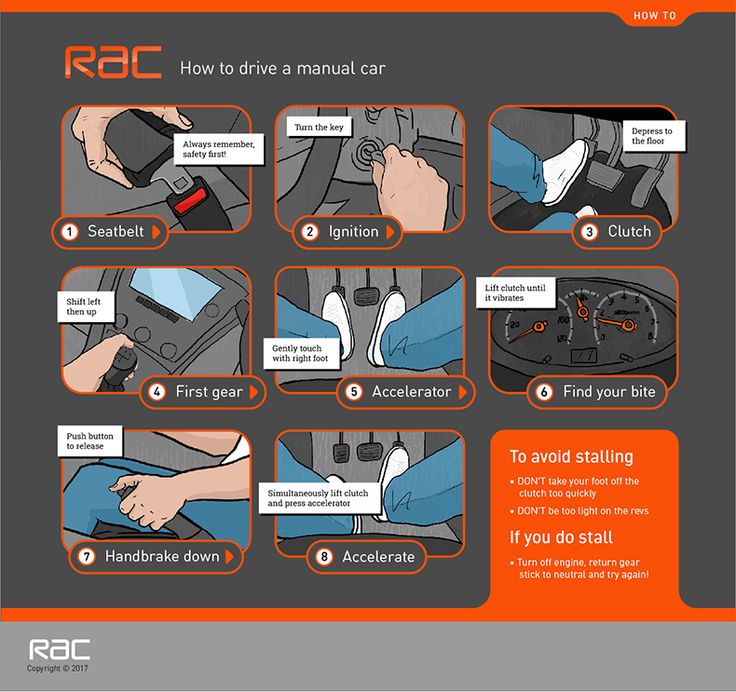 Read more.
Read more.
While silicone sealant is generally considered far from harmful, it's a good idea to keep these few safety precautions in mind.
The beauty of silicone sealant is it really doesn't require anything beyond the tube of the substance itself and a steady hand.
It’s also a good idea to do your sealing on a steady, stable surface. This could be a small foldable workbench, work table, or even your driveway. Make sure you're out of the wind and uninterrupted by any four-legged friends, as you don't want to pick out leaves or re-shape paw imprints after carefully laying down a nice, uniform bead of RTV.
As far as which sealant to use, there are many options from several brands out there, all with good reviews. Just make sure that the one you purchase works with your application, such as a formula that's meant for sealing automatic transmissions, one that stands up to heat, or one that's meant for exterior application.
For the application in our photos, we used Victor Reinz Reinzosil because it's a well-rated, high-temperature, and fast-curing universal silicone sealant.
Here are all the steps in successfully sealing some surfaces with silicone!
Start by prepping the mating surfaces. If you're resealing something that was last sealed from the factory, taking a look at how much sealant was initially used can help cue you in on how thick of a bead to lay down.
Use brake cleaner and a rag to make them nice’n clean, and the brass brush can be used to scrape away any old sealant or debris. The reason for the brush having brass bristles is it won't damage the mating surface and disallow a good seal. Make sure that there's no leftover film from any cleaning agents.
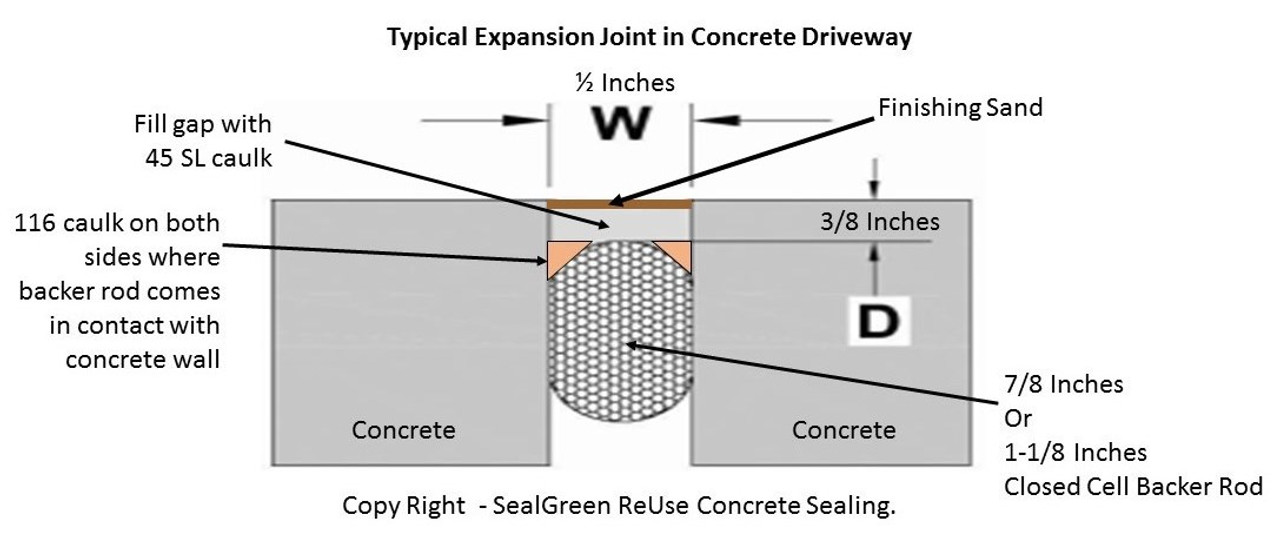 Start Laying the Bead
Start Laying the BeadNext up is to steady your hand and lay down a bead of sealant. Some folks apply a bead to both surfaces, and some only one. You also don't want to lay down too much as properly cured and torqued-down sealant makes a better seal than most people might think.
A good default thickness is 1/8th of an inch. Keep the sealant away from the inner edge of what you're sealing, unless the application calls for a particularly thin bead. You don't want it entering where fluids are moving around once torqued down, allowing it to break off and potentially clog up crucial components like oil pickups. Still, some applications call for thicker beads, research what is best for your particular car's components.
In our instance, we kept a thin bead somewhat close to the inner edge, as that's where the factory bead was laid. Otherwise, it's a good idea to lay the bead more towards the middle and only come in close to the inner edge when there's a bolt hole to seal off.
Ensure that the bead is a uniform thickness all over, and be sure to stay on the inside of bolt holes. For added peace of mind, if there's enough of a lip on the mating surface, it's not a bad idea to loop the bead around the bolt holes.
Check out your chosen sealant's instructions to see what its cure time is. Some require letting it sit, unjoined, for a period of time before snugging it up to what you're sealing.
Some sealants are anaerobic, meaning they won't cure until they experience an absence of air. Others require you to join the two surfaces, but only tighten the bolts finger-tight and let it sit for a period of time before torquing them down.
So pay attention to the instructions.
Next, carefully line up the bolt holes, and lightly thread in one bolt before letting go of them. Quickly follow up with other bolts, but just finger-tight.
Remember to then be mindful of each brand/type of silicone sealant's cure time, and proceed as necessary with either letting it sit or torquing it down to the manufacturer's recommended torque setting.
Some sealants may require they sit for a period of time before experiencing any amount of heat or fluids passing by them. Again, be sure to read your chosen sealant's directions.
YouTube DIY Authority and proud New Jersey Car Nut, Chris Fix, made an excellent video on how to use silicone sealant.
 Be mindful of heat rating, as well as if it will stand up to the fluid it's sealing.
Be mindful of heat rating, as well as if it will stand up to the fluid it's sealing.The use of a sealant-former saves repair time and guarantees exceptional reliability of the resulting joint. ABRO sealants prevent the flow of technical fluids and are extremely resistant to vibration and thermal stress. There are several mistakes in the application of sealant that even experienced professionals make.
In this article, we'll look at common mistakes made when working with silicone sealant.
1. Using silicone sealant to replace the cylinder head gasket (hereinafter referred to as the cylinder head).
Although modern silicone sealants can replace many paper, asbestos, rubber, metal or multi-component gaskets, they should never be used to replace a cylinder head gasket.
First, none of the O.E.M. You will not find recommendations for using RTV Sealant for this job in the Engine Assembly Instructions.
Secondly, you will complicate the disassembly of the head and block mating in the future.
Thirdly, by applying sealant to the gasket, you create a "sandwich" of materials with different densities, and, accordingly, reduce the tightness of the structure.
Fourth, the use of silicone sealant can impair the thermal conductivity between the block and the cylinder head.
If you need to seal the cylinder head gasket, read this article:
0003
2. Wrong type of sealant used.
Gasket formers are designed for specialized applications and meet the following requirements: high operating temperatures, synthetic oil resistance, oxygen sensor safety, water and glycol resistance. Make sure the sealant you are using is suitable for your situation.
For example, it is not recommended to use RTV silicone when the instructions call for an anaerobic THREAD RETAINER.
Also in case of contact with oxygen sensors it is recommended to use only 100% RTV neutral based sealants such as ABRO 999.
3. Applying too much sealant.
In the case of applying silicone gasket sealant, applying a lot is not the same as doing well.
We recommend applying a sealant layer 0.3 to 0.5 mm thick.
After assembling the part, the sealant will spread evenly over the surface in a thin layer.
Applying too much sealant can cause particles to get into areas where it can cause problems. For example, clogging of the oil sump screen in the crankcase.
Sealant should be applied in a continuous and even layer on one of the surfaces. Make sure all bolt holes are circled.
Tip: Try to choose the smallest possible cross-section of the extruded sealant.
4. Using an RTV gasket in a joint that is exposed to gasoline.
Never use RTV sealants on joints that will be exposed to gasoline.
Only solvent-based sealants can withstand repeated direct contact with gasoline. However, the scope of these sealants is extremely small: antique cars, gas tools - therefore they are more often replaced with O.E.M. gaskets made of petrol-resistant materials.
5. Poor surface preparation.
For better adhesion of the sealant to the surface, it is necessary to completely clean the surface of the previous silicone sealant. Otherwise, the connection will be leaky.
Avoid scraping the surface with blades or other metal tools that could scratch the surface.
We recommend using a special sealant remover and then using a plastic scraper or nylon brush to remove the remaining sealant.
6. Incorrect assembly.
A common mistake when working with sealant is not following the recommended curing time. Many mechanics believe that four hours of curing is enough to get a car back into service after using a silicone gasket former. However, most sealing products require 24 hours to cure.
However, most sealing products require 24 hours to cure.
For proper assembly when using RTV gaskets, please follow these steps to ensure a good assembly:
7. Use silicone to seal gaskets.
Perhaps this is the most common mistake of all. Many mechanics use sealants to keep a regular paper gasket in place during assembly. Some mechanics even use RTV as a binder, covering both sides of the gasket.
Gasket formers are too tight for this application. If you are installing a paper gasket, use gasket seals such as ABRO copper gasket seal or shellac.
In conclusion, we note that the competent use of silicone sealant guarantees high quality work.
Author: Abro industry, Vladivostok
Invamat RTV sealant Oil -Benzo -resistant
Cartridge
*unit
* Order
INVAMAT RTV 777 oil and petrol resistant silicone sealant is a one-component acid curing sealant. Ideal for sealing seams, joints subjected to long-term exposure to high temperatures up to +250°C, for example, in engines, furnaces. Let's apply to assembly and sealing of crankcase engines. For sealing equipment operating under vibration conditions and for protecting it from moisture. Resistant to UV radiation, extreme temperature changes, oils and gasoline.
Suitable for non-professional use. Vulcanizes at room temperature under the influence of atmospheric humidity, resulting in a durable elastic silicone rubber.
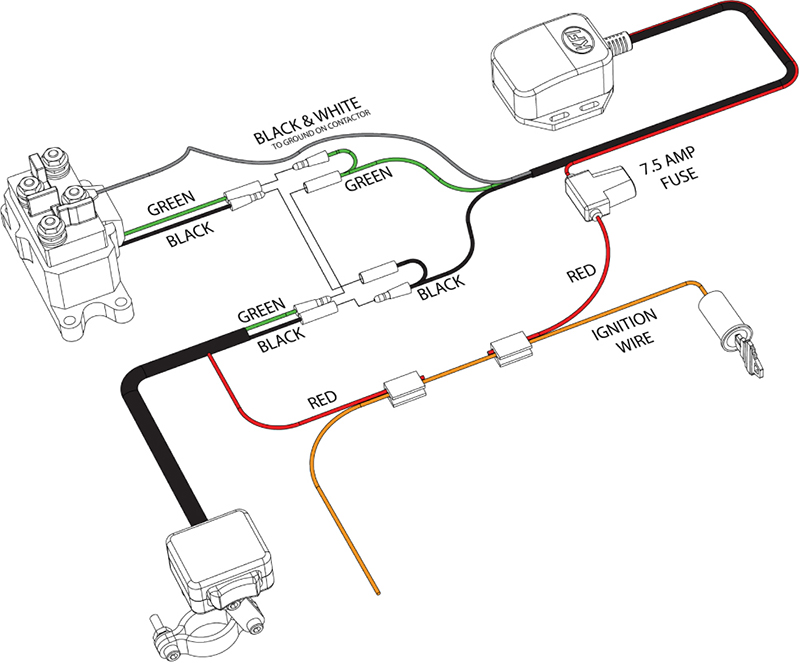
Wide range of applications: for sealing joints subjected to prolonged exposure to high temperatures, as well as moving joints. Ideal for car and motorcycle repair, as well as for the construction of stoves and ovens. For sealing threaded connections of pipelines of cold, hot water supply and heating.
INVAMAT RTV 777 oil and petrol resistant silicone sealant has a high degree of adhesion without the use of a primer to most non-porous surfaces: glass, tiles, ceramics, enamel, tiles, clinker, metals such as: aluminum, steel, zinc and copper, impregnated , lacquered or painted wood; with some types of plastic.
Users can also make their own experiments thanks to the variety of materials, especially in the case of plastic.
In many cases the adhesion quality can be improved by pre-treating the surface with a primer.
Not recommended for use with insulating glass units.
Not recommended for use with metals such as lead, brass, due to corrosion.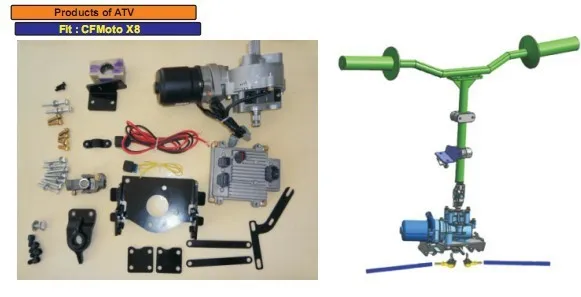
Incompatible with alkaline substrates such as marble, concrete, fiber cement and lime as the product releases acetic acid during curing.
Surfaces to be subsequently sealed must be clean, dry and free of any loose material, dust, dirt, rust, oil or other contaminants. Non-porous surfaces should be cleaned with solvent and wiped with a clean cotton cloth. Remove the solvent with a clean, dry cloth before it evaporates.
It is recommended to cover the areas adjacent to the seam with masking tape to prevent contamination of the substrate and to ensure a neat sealant line. The masking tape must be removed immediately after the sealant has been smoothed.
Uncured sealant
| Designation | Study type | Unit | Meaning |
| Density at 23°C | 150 1183-1 | g/cm3 | 1.04* |
| Consistency | 150 7390 profile 1) 20 | no shrinkage | |
| Extrusion at 23°C | RU 08127 | ml/min | 250 |
Skin build time at 23°C and 50% r. h. ow. h. ow. | RU 08112 | min | 20 |
These are reference data and should not be used in the preparation of specifications.
Vulcanized sealant
After 4 weeks storage at 23°C and 50% relative humidity.
| Designation | Study type | Unit | Meaning |
| Tensile force | 150 8339 | N/mm2 | 0.7 |
| Tensile strength | 150 8339 | % | 250 |
| Coefficient at 100% stretch | 150 8339 | N/mm2 | 0.45 |
| Hardness A | 150 868 | Shore A | 25 |
| Tensile strength | 150 34 Method C | N/mm2 | 4.2 |
| Heat resistance | 150 868 | [°C] | -40 to +250 |
These are reference data and should not be used in the preparation of specifications.
The time required for full cure can be extended at low temperatures, low humidity by increasing film thickness or at low air volume.
The use of processing aids should be avoided whenever possible. Otherwise, water or a dilute solution with a small amount of neutral soap or alcohol in water in moderation should be used.
If unvulcanized silicone rubber comes into contact with eyes or mucous membranes, rinse with water to avoid irritation. Vulcanized silicone rubber is safe for health.
Keep out of reach of children.
| Packaging | Volume |
| Cartridge | 300 ml |
INVAMAT RTV 777 Oil and Gas Resistant Silicone Sealant is good for at least 12 months when stored in a cool (below 25°C), dry place, in the original container protected from moisture.
The expiration date of each batch is indicated on the product label.